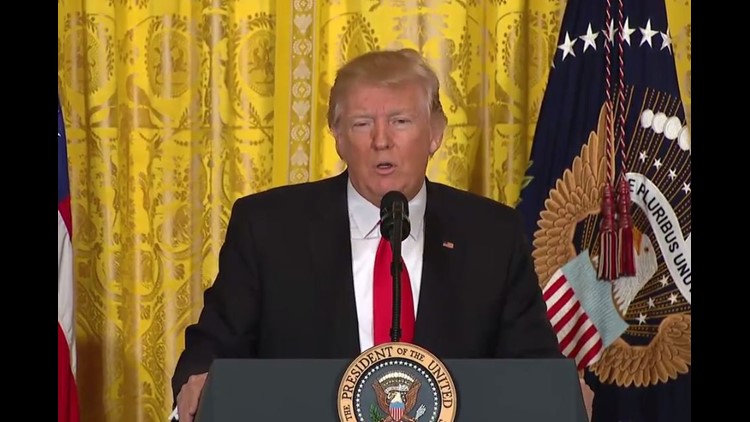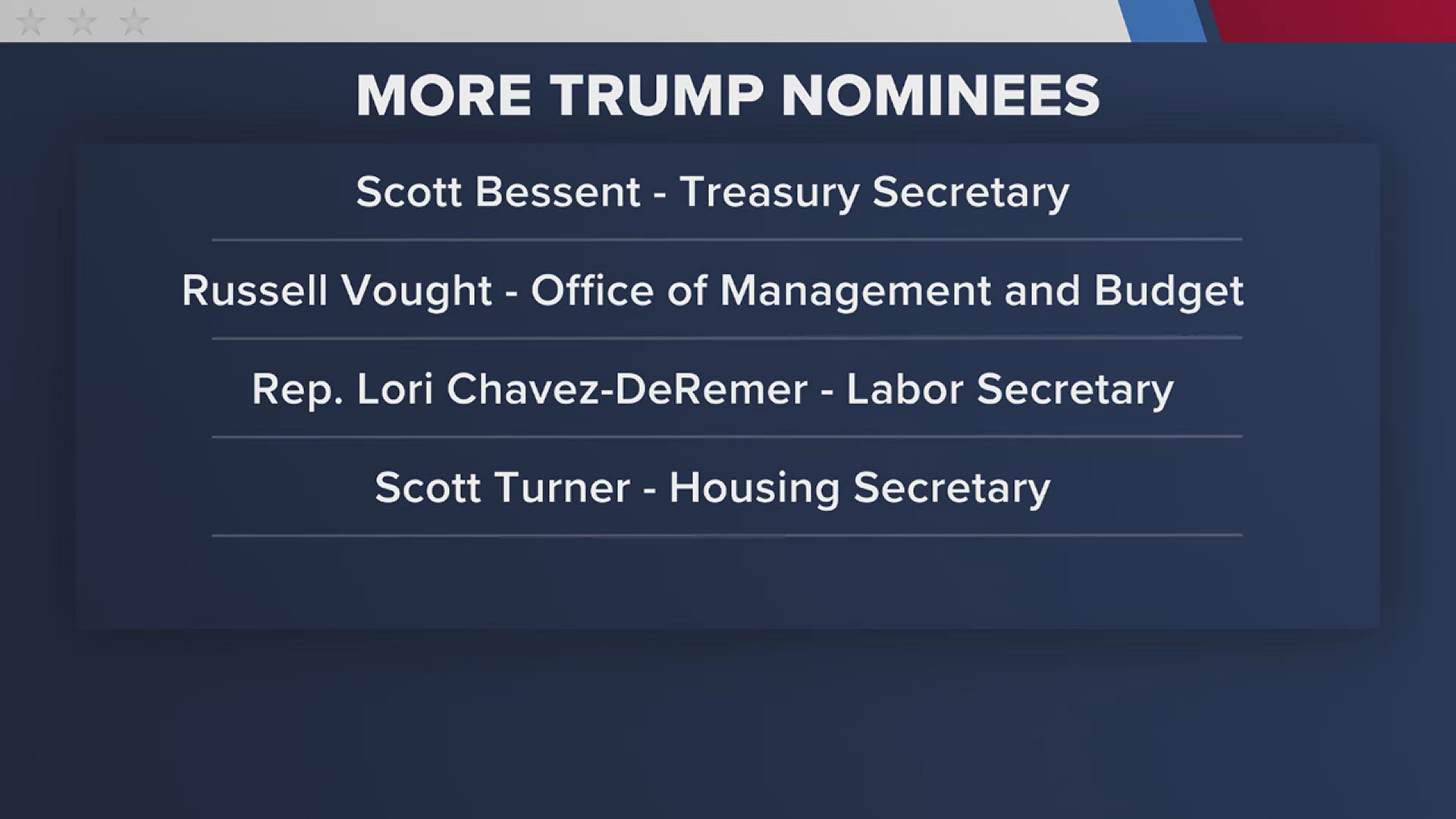WASHINGTON (CNN) — President Donald Trump signed a new executive order Monday, March 6, 2017 restricting immigration from six Muslim-majority countries, notably dropping Iraq from January’s previous order.
The new travel plan comes six weeks after Trump’s original executive order was rolled out to chaos and confusion at airports nationwide, and eventually blocked by a federal court.
The restriction covers Syria, Iran, Libya, Somalia, Sudan and Yemen.
Iraq will “increase cooperation with the US government on the vetting of its citizens applying for a visa to travel to the United States,” according to an administration fact sheet.
The rollout of the revised travel order marks an important moment for the administration, which has little room for error after the chaotic debut of the original plan. That failure raised questions about the new White House’s capacity to govern and to master the political intricacies needed to manage complicated political endeavors in Washington. It also brought Trump into conflict with the judiciary in the first sign of how constitutional checks and balances could challenge his vision of a powerful presidency built on expansive executive authority.
The order makes clear that lawful permanent residents (otherwise known as green card holders) are excluded from any travel ban, White House adviser Kellyanne Conway said on “Fox and Friends” Monday. Also those with validly issued visas will also be exempt from the ban.
“If you have travel docs, if you actually have a visa, if you are a legal permanent resident, you are not covered under this particular executive action,” Conway said. “Also, Iraq is no longer on the list based on their enhanced screening and reporting measures.”
The original order barred citizens from seven countries from entering the US for 90 days, all refugees for 120 days and indefinitely halted refugees from Syria.
It came under intense criticism as an attempt to bar Muslims from entering the country, and Trump’s call during the campaign for a “Muslim Ban” was cited in court cases attacking the order.
Administration officials Monday stressed they do not see the order as targeting a specific religion.
“(The order is) not any way targeted as a Muslim ban … we want to make sure everyone understands that,” an official told reporters.
When it comes to refugees, the new order does not prioritize religious minorities when considering refugee admissions cases, the official said.
All refugees will be be barred for 120 days. The previous version had banned Syrian refugees indefinitely.
Working to contain fallout
The newly crafted order also revealed that the administration wasn’t just paying attention to the legal criticism in the courts, but also recalibrating in light of the heavy political fire they faced after the first order’s messy rollout.
While administration lawyers argued the original travel ban went into effect immediately to prevent terrorists from rushing into the country, the revised restrictions will phase in after 10 days.
White House officials also collaborated for several weeks with officials at the Department of Homeland Security, the Justice Department and kept congressional leaders apprised of their progress this time around after the White House drew a backlash for keeping Congress and relevant federal agencies almost entirely in the dark during the first rollout.
To bolster its national security claims, the new executive order will also include information that the FBI has reported that approximately 300 persons who entered the United States as refugees are “currently the subjects of counter-terrorism investigations,” the administration officials told reporters.
The White House also abandoned the sense of urgency with which it implemented the first travel order, delaying the signing of a new executive order multiple times over the last three weeks. Politics also came into play as White House officials delayed the signing from last Wednesday in part to allow positive coverage of the president’s joint address to Congress to continue uninterrupted.
“We want the (executive order) to have its own ‘moment,'” a senior administration official told CNN last week.
Why Iraq was removed
But the new order was also delayed in part because of a debate within the administration over how to handle Iraq.
Secretary of State Rex Tillerson, Secretary of Defense James Mattis and national security adviser Gen. H.R. McMaster had all advocated for Iraq to be removed from the Trump administration’s list of banned countries in the new executive order for diplomatic reasons, including Iraq’s role in fighting ISIS, sources told CNN’s Elise Labott and Evan Perez. Homeland Security Secretary John Kelly also supported the move.
Iraq was removed from the revised executive order after intensive lobbying from the Iraqi government at the highest levels, according to a senior US official.
That included a phone call between Trump and Iraqi Prime Minister Haider al-Abadi on February 10 and an in-person conversation between Abadi and Vice President Mike Pence in Munich on February 18.
Those conversations were followed by discussions between Tillerson and members of the Iraqi government about vetting measures in place that would prevent suspected terrorists from leaving Iraq and coming to the United States. Iraq did not implement new measures; rather, the country provided more detail to US officials about how it screens travelers.
In Trump’s call with Abadi, the President vowed to seek a resolution to his counterpart’s concerns about his citizens’ being unable to enter the United States, according to a readout of the phone call from Baghdad. The US official said Trump asked Tillerson to get greater clarity on vetting measures in Iraq.
Trump also faced pressure to remove Iraq from the order from some American national security officials, who argued the restriction burdened a key anti-ISIS partner. Some of those voices were holdovers from the Obama administration.



